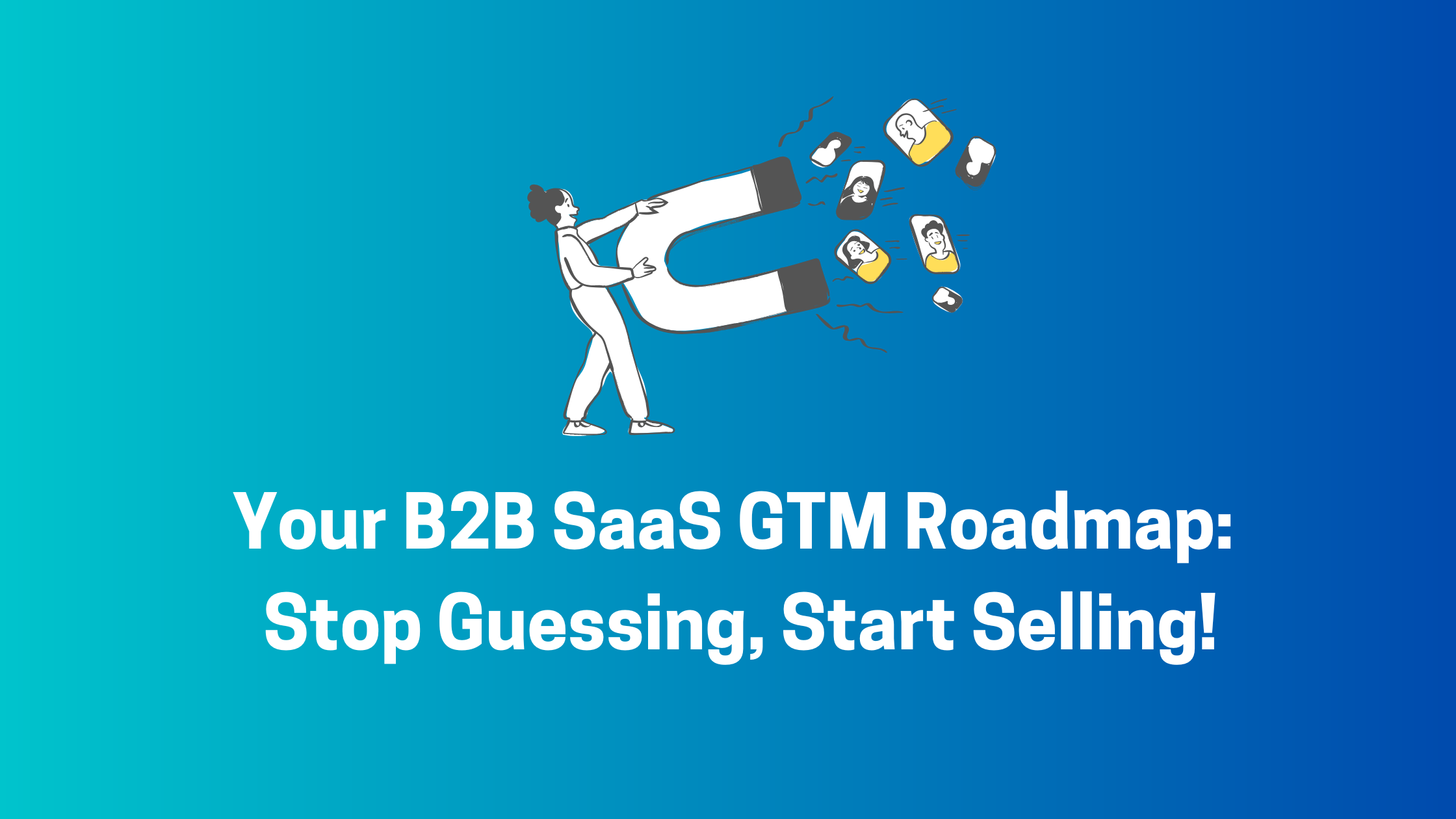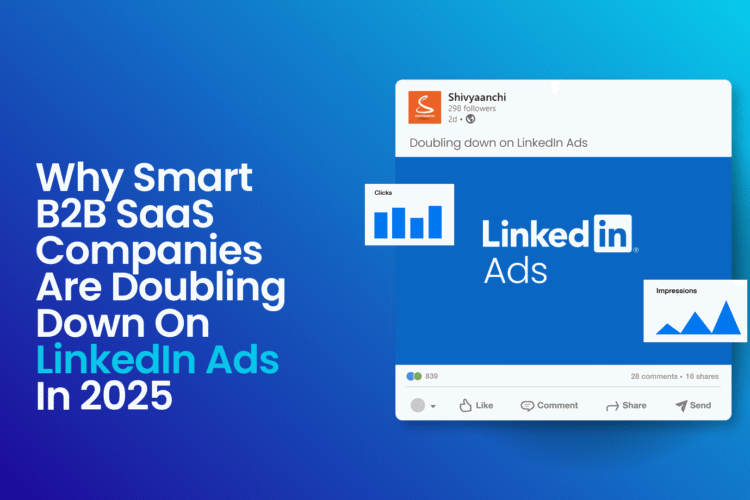
A solid B2B SaaS GTM framework helps you save hours of guesswork and confusion throughout your initial days and beyond.
Too many SaaS companies rely on guesswork when it comes to reaching their ideal customers. They throw spaghetti at the wall and see what sticks, hoping to stumble upon a winning formula. This reactive approach is inefficient, costly, and ultimately unsustainable.
It’s time to stop guessing and start selling.
Here are the basic pillars for creating a structured roadmap for your B2B SaaS GTM strategy.
1. Define Your Ideal Customer Profile (ICP)
-
Go beyond demographics:
Don’t just focus on company size and industry. Delve deeper into your target group’s challenges, pain points, and buying behaviors. Do social listening with platforms like Answer The Public, Reddit, Quora, or any social media platform to understand what your TG is talking about and the problem that you are solving.
- Create buyer personas: Be in your target audience’s shoes. Not literally, but you can create imaginary shoes by developing detailed profiles of your ideal customers, including their roles, responsibilities, and decision-making processes. Visualize that persona in front of you to see the world from their perspective and then craft your GTM campaign messaging.
- Identify your target accounts: Compile a list of high-value accounts that fit your ICP and prioritize them based on their potential. Target these accounts agitating their unique sets of pains and interests.
2 Craft a Compelling Value Proposition
- Highlight your unique selling proposition (USP): Find out the answer to, “Why you?”. What makes your SaaS solution stand out from the competition? What problem do you solve better than anyone else? Remember your B2B SaaS GTM messaging should reflect what you stand for.
- Focus on customer benefits: How will your product improve your customers’ lives? Will it save them time, money, or resources? Will it increase their revenue or efficiency?
- Communicate your value clearly and concisely: Use clear and concise language to articulate your value proposition across all marketing and sales channels. Use analogies, real-life articulations, examples, idioms, or anything that makes your messaging more human and more catchy.
3 Build a Robust Sales & Marketing Engine
- Develop a multi-channel marketing strategy: Explore a variety of channels, including cold emailing, content marketing, social media marketing, search engine optimization (SEO), paid advertising, and public relations.
NOTE: For B2B SaaS, the best social media platforms are LinkedIn and Twitter. Many SaaS founders utilize this by building solid personal brands to spread the word about their SaaS products.
- Create high-quality content: Produce valuable content that resonates with your target audience, such as blog posts, white papers, webinars, and case studies. Add your real business anecdotes and business lessons in your content to make them more authentic and relevant to your target audience.
- Optimize your website for conversions: Ensure your website is user-friendly, visually appealing, and optimized for conversions. More graphics, least-yet-powerful words, smooth customer experience, and clear call-to-action. These things make your website more appealing to your potential customers.
- Implement a robust sales process: Define your sales process, from initial lead qualification to closing the deal. Right from the first touchpoint with a potential customer to converting them and retaining them. Visualize and preplan a roadmap for your entire sales cycle beforehand. This will keep your business more organized and you a more evidence-based decision-maker in the long term.
4 Track, Measure, and Optimize
- Set clear and measurable goals: Avoid any guesswork while tracking down your progress and behind-the-scene operations. Define your key performance indicators (KPIs) such as website traffic, lead generation, conversion rates, and customer lifetime value.
- Track your progress regularly: Monitor your performance against your KPIs and identify areas for improvement. Keep track of your monthly GTM progress and mention key findings every month- what worked, what didn’t, and so on.
- Continuously optimize your strategy: Based on your data, make adjustments to your GTM strategy to improve its effectiveness.
5 Leverage the Power of Partnerships
- Identify potential partners: Look for complementary businesses that can help you reach a wider audience. Reach out to potential partners via cold emailing or social media outreach campaigns and generate interest among these complementary contacts.
- Build mutually beneficial relationships: Collaborate with partners to co-market your products and services. Create a partnership program that they would benefit from equally if not more.
- Leverage partner channels to expand your reach: Utilize your partners’ existing customer base and distribution channels to expand your reach.
By following this roadmap and continuously iterating on your B2B SaaS GTM strategy, you can build a predictable and scalable revenue engine that drives sustainable growth for your B2B SaaS business.
We hope you found this post helpful!
Disclaimer: This blog post is for informational purposes only and does not constitute professional advice.
For more insights from the world of social media marketing, consider:
SMM Blog | Shivyaanchi

